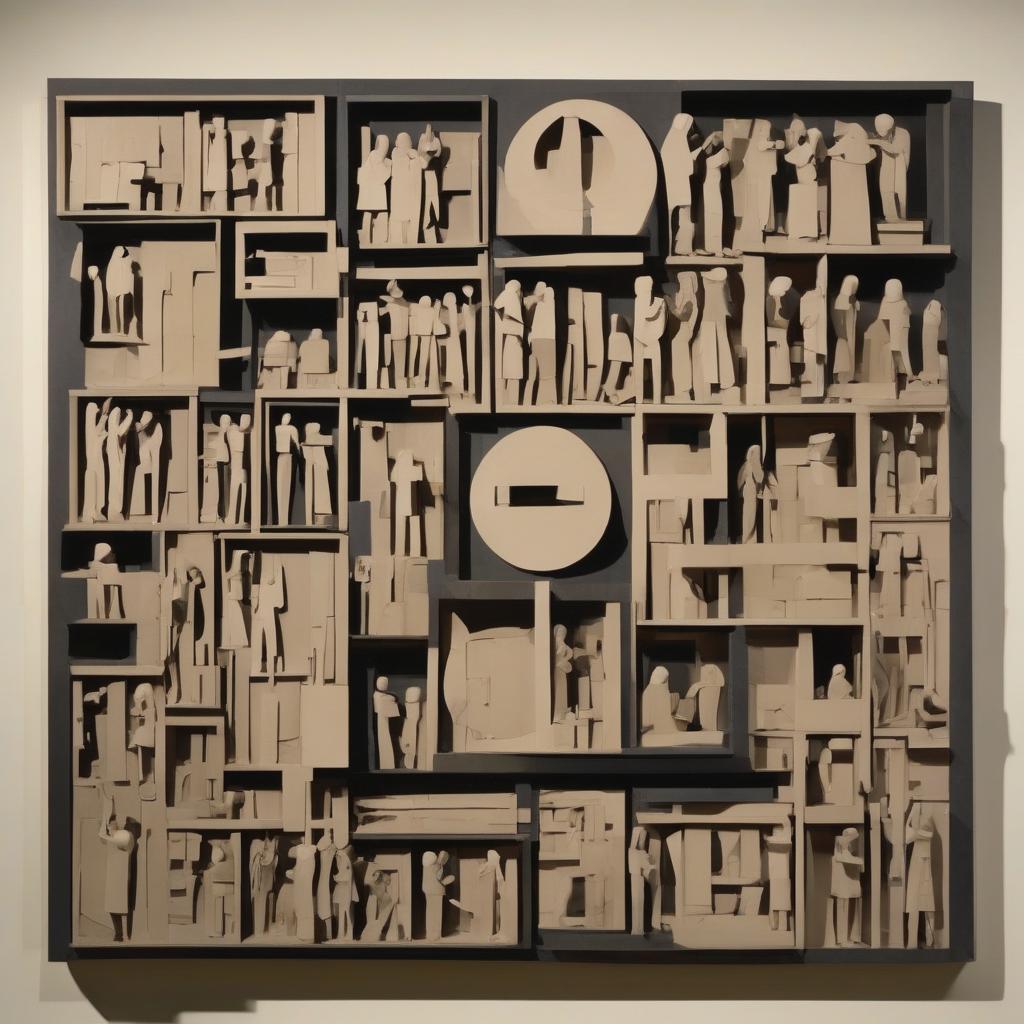
"When the innovation, the imagination is limited by the designers control and understanding of the medium. Figma has its own material limits that a designer needs to learn. It's not free of that and it shifts all the timeLet's imagine a scenario where you're rushed against a deadline. Need to create something forward looking that's more imaginative. But you also need to have something tangible. How things work will often be subtly limited by the designers skill and that time limitation."
"So something doesn't save to database? Who cares ... it's just a prototype. That can be faked. But what if the limitations in the mind of a designer are their own and not the mediums? What if they don't get how it works? What if they do but can't make it work? I've helped so many designers make prototypes work in ways they couldn't do."
"Either explaining how things work on the web or in apps. Or by stitching things together to make a vision work that they had paused because it wouldn't work. I loved helping each designer every time. But it's a problem to be aware of. Designing and prototyping in code can mean: people design unrealistic or limited things because they don't understand how the web or apps work"
Working in code helps designers understand the medium but can also limit innovation when designers' control, skills, or time are insufficient. Tool constraints like Figma's material limits shape what can be realistically prototyped and evolve over time. Under deadline pressure designers may fake functionality in prototypes, masking feasibility problems. Designers' internal misunderstandings or inability to implement interactions can stall or narrow creative visions. External help can bridge gaps by explaining platform behaviors or stitching working prototypes. Designing and prototyping in code can produce unrealistic designs, force superior concepts aside, or slow progress when the medium is not well understood. Tool fluency matters.
Read at Grillopress
Unable to calculate read time
Collection
[
|
...
]